Product Overview
† commercial product
Finasteride is a 5-alpha reductase inhibitor used to treat symptomatic benign prostatic hyperplasia (BPH), a condition found in the majority of men over the age of 50. Finasteride has been shown to increase and maintain maximum urine flow rate in men with BPH, although less than 50% of men show improvement despite a reduction in prostate size. In a typical patient undergoing treatment for BPH with finasteride (>= 6 months), a 50% decrease in serum PSA concentrations can be expected; however, individual patients may experience varying decreases in PSA values. During treatment, serum PSA concentrations may decrease even in the presence of prostate cancer. If clinicians use serum PSA concentrations as an aid in the detection of prostate cancer in men receiving finasteride, values should be doubled for comparison with normal ranges in untreated men. Any increase from baseline, even if the value is within the normal range for untreated men, may signal the presence of prostate cancer. If clinicians elect to use percent free PSA (free to total PSA ratio) as a marker, no adjustment in PSA values appear to be necessary as the value is not significantly decreased by finasteride.[1] In June 2011, a review of two large, randomized controlled trials, the Prostate Cancer Prevention Trial (PCPT) and the Reduction by Dutasteride of Prostate Cancer Events (REDUCE) trial prompted the FDA to alert healthcare professionals of the potential risk of an increased incidence of high-grade prostate cancer in patients receiving finasteride or dutasteride treatment. Results from the PCPT trial showed that men receiving finasteride had a 26% decreased risk of being diagnosed with prostate cancer overall when compared to placebo (p < 0.0001); however, the risk reduction was limited to Gleason score (GS) <= 6 cancers. There was an increased incidence of GS 8-10 prostate cancers with finasteride compared to placebo (1.8% vs. 1.1%, respectively).[2][3] Finasteride is also used for treating hair loss in men and has been shown to be effective for mild to moderate hair loss of the vertex and anterior mid-scalp area; efficacy in bitemporal recession has not been established. Finasteride (Proscar) was approved by the FDA in June 1992 for the treatment of BPH. Another finasteride oral dosage form, Propecia, was approved by the FDA in December 1997 for the treatment of male pattern baldness (i.e., androgenetic alopecia). Finasteride is also used investigationally as an alternative agent for treating hirsutism.
Finasteride is a synthetic 4-aza analog of testosterone that acts as a competitive, specific inhibitor of type II 5-alpha-reductase, an intracellular enzyme that converts testosterone to the potent androgen 5-alpha-dihydrotestosterone (DHT). The type II 5alpha-reductase isozyme is primarily found in prostate, seminal vesicles, epididymides, and hair follicles, as well as liver. The type II isozyme is responsible for two-thirds of circulating DHT. DHT is the primary androgen that stimulates the development of prostate tissue. When used for the treatment of benign prostatic hyperplasia, as the enzymatic conversion from testosterone to DHT is inhibited, a desirable reduction in prostate hypertrophy is achieved, and urine flow should be improved. In male pattern hair loss, the balding scalp contains miniaturized hair follicles and increased amounts of DHT compared with hairy scalp. Finasteride decreases scalp and serum DHT concentrations, thus interrupting a key factor in the development of androgenetic alopecia in those patients genetically predisposed. Finasteride does not appear to affect circulating concentrations of cortisol, estradiol, prolactin, thyroid-stimulating hormone, thyroxine or cholesterol. Research to date also suggests that finasteride does not affect the hypothalamic-pituitary-testicular-axis.
Finasteride is not FDA-approved for use in females of childbearing potential and is contraindicated during pregnancy. Finasteride may cause fetal harm. Finasteride and other 5-alpha-reductase inhibitors, by inhibiting the conversion of testosterone to DHT, have the ability to cause abnormalities in the external genitalia of the male fetus. Pregnant women or females trying to conceive should not handle crushed or broken finasteride tablets. The distribution of finasteride into human semen has been assessed and appears to be well below the threshold concentration associated with fetal anomalies in animals.[1][6]
Finasteride is not FDA-approved for use in females of childbearing potential and is recommended to be avoided during breast-feeding. It is not known whether finasteride is excreted in human milk. Therefore, the effects of finasteride on breast-feeding or a nursing infant cannot be determined.[1][6]
Finasteride is not indicated for use in adolescents, children, or infants. Safety and effectiveness have not been established in pediatric patients under 18 years of age.[1][6]
Finasteride should be used with caution in patients with hepatic disease, since finasteride is metabolized extensively in the liver. Data are lacking regarding the incidence of adverse effects or drug accumulation in patients with hepatic impairment.
Finasteride reduces total serum prostate specific antigen (PSA). In a typical patient undergoing treatment for BPH with finasteride (>= 6 months), a 50% decrease in serum PSA concentrations can be expected; however, individual patients may experience varying decreases in PSA values. During treatment, serum PSA concentrations may decrease even in the presence of prostate cancer. If clinicians use serum PSA concentrations as an aid in the detection of prostate cancer in men receiving finasteride, values should be doubled for comparison with normal ranges in untreated men. Any increase from baseline, even if the value is within the normal range for untreated men, may signal the presence of prostate cancer. If clinicians elect to use percent free PSA (free to total PSA ratio) as a marker, no adjustment in PSA values appear to be necessary as the value is not significantly decreased by finasteride.[1] In June 2011, a review of two large, randomized controlled trials, the Prostate Cancer Prevention Trial (PCPT) and the Reduction by Dutasteride of Prostate Cancer Events (REDUCE) trial prompted the FDA to alert healthcare professionals of the potential risk of an increased incidence of high-grade prostate cancer in patients receiving finasteride or dutasteride treatment. Results from the PCPT trial showed that men receiving finasteride had a 26% decreased risk of being diagnosed with prostate cancer when compared to placebo (p < 0.0001); however, the risk reduction was limited to Gleason score (GS) <= 6 cancers. There was an increased incidence of GS 8-10 prostate cancers with finasteride compared to placebo (1.8% vs. 1.1%, respectively).[2][3] Therefore, in initiating or continuing treatment with finasteride, clinicians should weigh the known benefits of treatment against the potential risk and be aware that finasteride may increase the risk of high-grade prostate cancer. Further, lower urinary tract symptoms of BPH can be indicative of other urological diseases, including prostate cancer. Patients should be assessed to rule out other urological diseases prior to treatment with finasteride. Patients with a large residual urinary volume and/or severely diminished urinary flow may not be good candidates for 5-alpha-reductase inhibitor therapy and should be carefully monitored for urinary tract obstruction.[1]
Men treated with finasteride should refrain from blood donation while taking finasteride. The purpose of this is to prevent administration of finasteride to a pregnant female transfusion recipient.
Clinical efficacy studies of finasteride for hair loss did not include subjects aged 65 and over. Based on the pharmacokinetics of finasteride 5 mg, no dosage adjustment is necessary in the geriatric patient. However, the efficacy of finasteride for hair loss in the elderly has not been established.
The clinical significance of finasteride’s effect on semen characteristics for an individual male patient’s fertility is not known; consider the potential effects on semen when assessing a male with infertility. Finasteride may cause spermatogenesis inhibition or oligospermia, decreased sperm motility, or decreased semen volume. In a 52-week, randomized, double-blind, placebo-controlled study in healthy men, finasteride (5 mg PO once daily) significantly decreased total sperm count (-34.3%) compared to baseline at 26 weeks but not at 52 weeks or at the 24-week follow-up. Semen volume was decreased at 52 weeks for finasteride (-14.5%), but the effect was not statistically significant. Sperm concentration was decreased by finasteride (-7.4%) but was not significant for either drug. Significant reductions of 6 to 12% in sperm motility were observed during treatment. Sperm morphology was not affected. One subject taking finasteride had decreases in sperm count of more than 90% of baseline values at 52 weeks; partial recovery was noted at the 24-week follow-up. During post marketing surveillance, male infertility and/or poor seminal quality following treatment discontinuation have been reported. It should be noted that normalization or improvement of seminal quality has also been reported after discontinuation of finasteride.[1][6]
Saw Palmetto, Serenoa repens: (Moderate) Saw palmetto may inhibit 5 alpha-reductase, preventing the conversion of testosterone to dihydrotestosterone. This action is similar to the action of 5-alpha reductase inhibitors, such as dutasteride and finasteride. Co-use is likely to be common by patients, but the effects of co-use are not known. In theory, the effects could be additive, but it is not known if the added effects would be beneficial or harmful. Clinicians should be alert for any unusual effects if patients ingest saw palmetto supplements while taking 5-alpha reductase inhibitors.[8][9]
Soy Isoflavones: (Minor) Theoretically, because the soy isoflavones appear to inhibit type II 5-alpha-reductase, the soy isoflavones may have additive effects with other 5-alpha reductase inhibitors.[10]
Terazosin: (Minor) Terazosin has been reported to increase peak concentrations of finasteride by 16% and AUC by 31% when the two agents are coadministered. The interaction is of minor importance.[11][12]
Adverse reactions to finasteride are generally mild and transient. In a long-term (4 years) clinical trial in men with benign prostatic hypertrophy (BPH), the most frequently reported adverse reactions to finasteride were related to sexual function.[13] At 1 year, the adverse reactions reported to be drug-related were impotence (erectile dysfunction), decreased libido, decreased ejaculate volume, ejaculation dysfunction, breast enlargement, breast tenderness (mastalgia), and rash (unspecified). There was no significant difference between finasteride and placebo in the incidences of impotence, decreased libido, and ejaculation dysfunction in years 2 to 4 of the study. However, during post marketing surveillance, continued erectile dysfunction, orgasm dysfunction or other orgasm disorders, and ejaculation dysfunction following treatment discontinuation have been reported.[1][6] From June 1992, when finasteride was approved, until February 1995, the FDA received reports of gynecomastia in 214 men (median age: 71 yrs). Most were taking a dose of 5 mg/day PO. Gynecomastia has been the most frequently reported adverse effect of this drug since it was marketed. The onset of gynecomastia ranged from 14 days to 2.5 years (median: 180 days). Thirty percent had unilateral gynecomastia, 25% had bilateral involvement, and, in the remainder of reports, this information was not specified. Twenty-seven percent of patients were also taking other medications that are known to cause gynecomastia. Gynecomastia resolved either completely or partially in 80% of subjects after finasteride was discontinued, however, in at least 2 cases, a new primary malignancy of primary intraductal breast cancer subsequently developed. In a 4 to 6 year trial where patients were randomized to receive finasteride 5 mg/day, doxazosin 4 or 8 mg/day, a combination of the two drugs, or placebo, four patients reported breast cancer as an adverse experience; three of the patients were receiving finasteride therapy and one patient was receiving combination therapy. In addition, male breast cancer has been reported during post-marketing experience. Other post-marketing adverse reactions have included depression, testicular pain that continued after discontinuation of treatment, and hypersensitivity reactions including pruritus, urticaria, and angioedema (including swelling of the lips, tongue, throat, and face).[1]
In controlled trials of finasteride for the treatment of male pattern hair loss, 1.4% of patients discontinued therapy due to adverse events, compared with 1.6% of placebo-treated patients. Discontinuation of therapy because of a drug-related sexual adverse experience occurred in 1.2% of patients on finasteride and 0.9% of patients on placebo. The following adverse events were reported as at least possibly drug-related in finasteride-treated patients: libido decrease (1.8%), impotence (1.3%), and ejaculation disorder (1.2%), primarily decreased ejaculate volume. The incidence of each of the above adverse effects decreased to <= 0.3% by the fifth year of treatment. During post marketing surveillance, decreased libido and libido disorders that continued after discontinuation of treatment was reported.[1]
Finasteride may cause spermatogenesis inhibition or oligospermia, decreased sperm motility, or decreased semen volume. The clinical significance of finasteride’s effect on semen characteristics for an individual male patient’s fertility is not known; consider the potential effects on semen when assessing a male with infertility. In a 52-week, randomized, double-blind, placebo-controlled study in healthy men, finasteride (5 mg PO once daily) significantly decreased total sperm count (-34.3%) compared to baseline at 26 weeks but not at 52 weeks or at the 24-week follow-up. Semen volume was decreased at 52 weeks for finasteride (-14.5%), but the effect was not statistically significant. Sperm concentration was decreased by finasteride (-7.4%) but was not significant for either drug. Significant reductions of 6 to 12% in sperm motility were observed during treatment. Sperm morphology was not affected. One subject taking finasteride had decreases in sperm count of more than 90% of baseline values at 52 weeks; partial recovery was noted at the 24-week follow-up. During post marketing surveillance, male infertility and/or poor seminal quality following treatment discontinuation have been reported. It should be noted that normalization or improvement of seminal quality has also been reported after discontinuation of finasteride.[1][6]
By inhibiting the conversion of testosterone to DHT, finasteride and other 5-alpha-reductase inhibitors have the ability to cause teratogenesis, specifically abnormalities in the external genitalia of the male fetus (e.g., hypospadias).[1]
Finasteride is not FDA-approved for use in females of childbearing potential and is contraindicated during pregnancy. Finasteride may cause fetal harm. Finasteride and other 5-alpha-reductase inhibitors, by inhibiting the conversion of testosterone to DHT, have the ability to cause abnormalities in the external genitalia of the male fetus. Pregnant women or females trying to conceive should not handle crushed or broken finasteride tablets. The distribution of finasteride into human semen has been assessed and appears to be well below the threshold concentration associated with fetal anomalies in animals.[1][6]
Finasteride is not FDA-approved for use in females of childbearing potential and is recommended to be avoided during breastfeeding. It is not known whether finasteride is excreted in human milk. Therefore, the effects of finasteride on breastfeeding or a nursing infant cannot be determined.[1][6]
Store this medication at 68°F to 77°F (20°C to 25°C) and away from heat, moisture and light. Keep all medicine out of the reach of children. Throw away any unused medicine after the beyond-use date. Do not flush unused medications or pour down a sink or drain.
- Proscar (finasteride) package insert. Whitehouse Station, NJ: Merck and Co.; 2014 Jan.
- Thompson IM, Goodman PJ, Tangen CM, et al. The influence of finasteride on the development of prostate cancer. N Engl J Med 2003:349:213-22.
- FDA Drug Safety Communication: 5-alpha reductase inhibitors (5-ARIs) may increase the risk of a more serious form of prostate cancer. Retrieved June 9, 2011.
- Kaplan SA, Holtgrewe HL, Bruskewitz R, et al. Comparison of the efficacy and safety of finasteride in older versus younger men with benign prostatic hyperplasia. Urology 2001;57:1073-7.
- Steiner JF. Clinical Pharmacokinetics and pharmacodynamics of finasteride. Clin Pharmacokinet 1996;30:16-27.
- Propecia (finasteride) package insert. Whitehouse Station, NJ: Merck and Co., INC.; 2013 Sept.
- Lee SJ, Park JB, Kim D,et al. In vitro selective inhibition of human UDP-glucuronosyltransferase (UGT) 1A4 by finasteride, and prediction of in vivo drug-drug interactions. Toxicol Lett. 2015;232:458-465.
- Robbers JE, Tyler VE. Tyler’s Herbs of Choice: the Therapeutic Use of Phytomedicinals. Binghamton, NY: Haworth Herbal Press, Inc.; 1999.
- Marks LS, Hess DL, Dorey FJ, et al. Tissue effects of saw palmetto and finasteride: use of biopsy cores for in situ quantification of prostatic androgens. Urology 2001;57:999-1005.
- Aldercreutz H, Mazur W. Phyto-estrogens and western diseases. Ann Med 1997;29:95-120.
- Samara EE, Hosmane B, Locke C, et al. Assessment of the pharmacokinetic-pharmacodynamic interaction between terazosin and finasteride. J Clin Pharmacol 1996;36:1169-78.
- Vashi V, Chung M, Hilbert J, et al. Pharmacokinetic interaction between finasteride and terazosin, but not finasteride and doxazosin. J Clin Pharmacol 1998;38:1072-1076.
- McConnell JD, Bruskewitz R, Walsh P, et al. The effect of finasteride on the risk of acute urinary retention and the need for surgical treatment among men with benign prostatic hyperplasia. N Engl J Med 1998;338:557-63.
503A vs 503B
- 503A pharmacies compound products for specific patients whose prescriptions are sent by their healthcare provider.
- 503B outsourcing facilities compound products on a larger scale (bulk amounts) for healthcare providers to have on hand and administer to patients in their offices.
Frequently asked questions
Our team of experts has the answers you're looking for.
A clinical pharmacist cannot recommend a specific doctor. Because we are licensed in all 50 states*, we can accept prescriptions from many licensed prescribers if the prescription is written within their scope of practice and with a valid patient-practitioner relationship.
*Licensing is subject to change.
Each injectable IV product will have the osmolarity listed on the label located on the vial.

Given the vastness and uniqueness of individualized compounded formulations, it is impossible to list every potential compound we offer. To inquire if we currently carry or can compound your prescription, please fill out the form located on our Contact page or call us at (877) 562-8577.
We source all our medications and active pharmaceutical ingredients from FDA-registered suppliers and manufacturers.

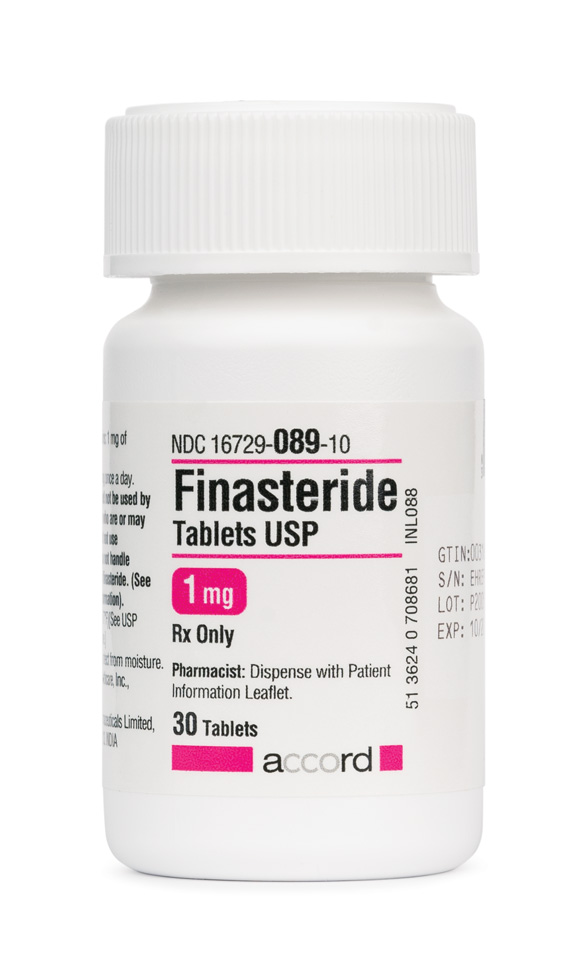
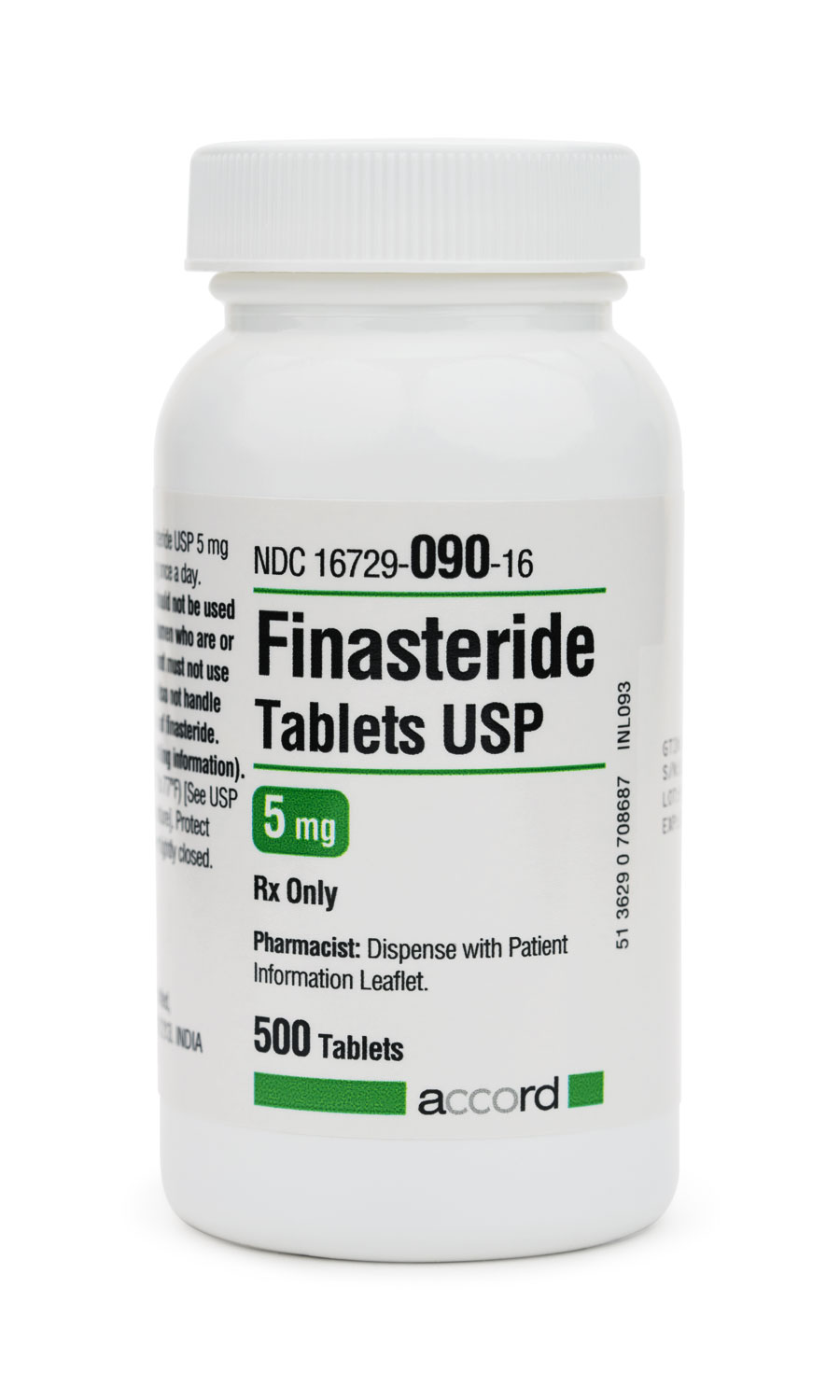
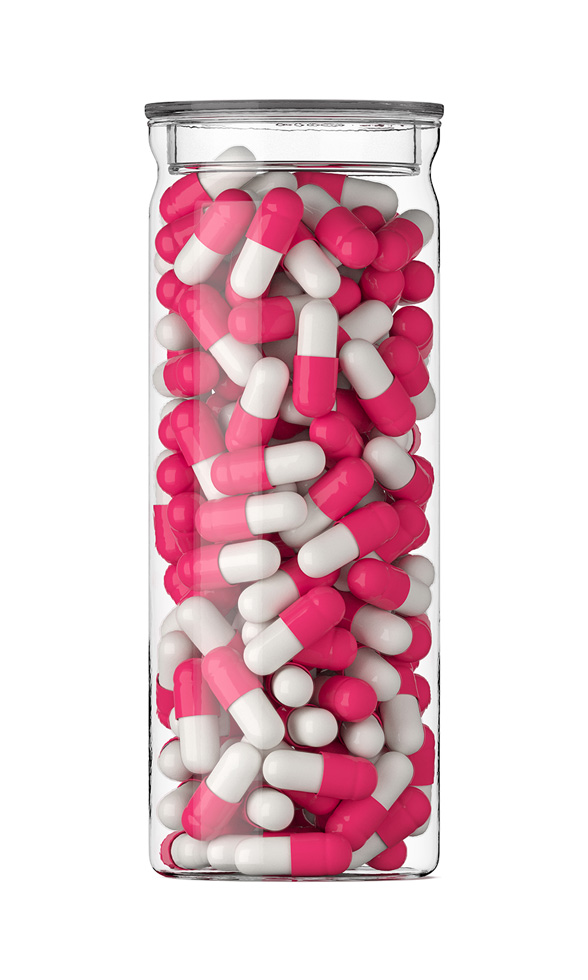 Biotin / Minoxidil / Spironolactone Capsules
Biotin / Minoxidil / Spironolactone Capsules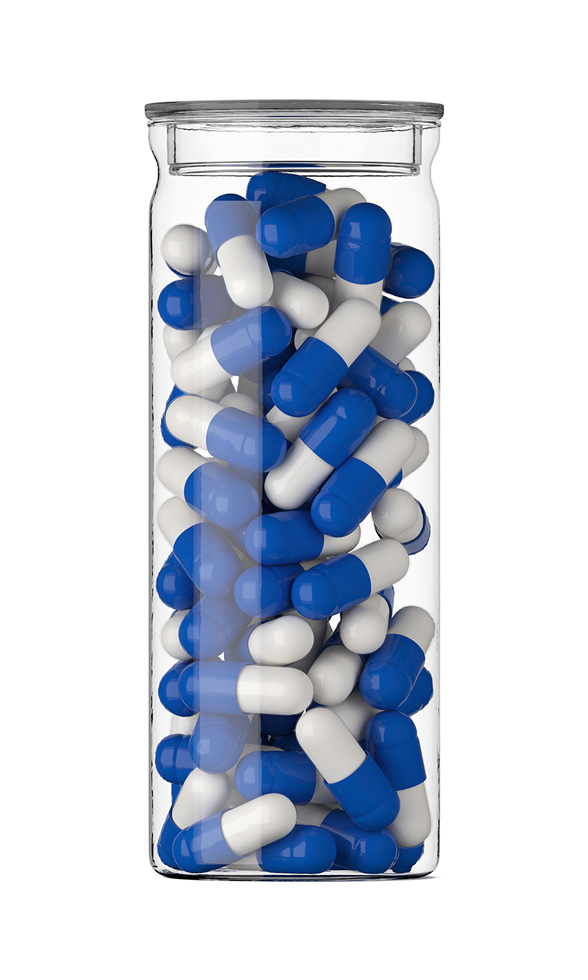 Biotin / Minoxidil Capsules
Biotin / Minoxidil Capsules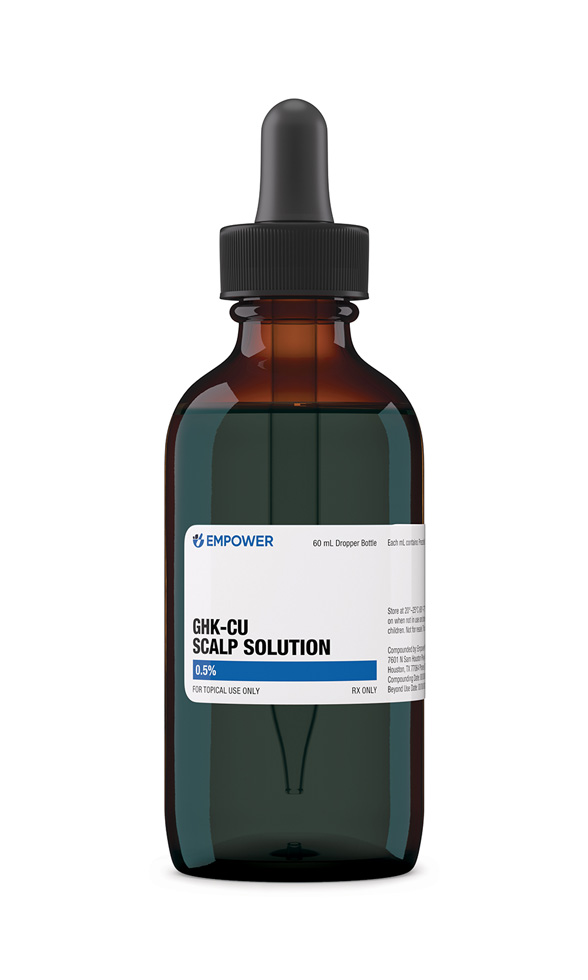 GHK-Cu Scalp Solution
GHK-Cu Scalp Solution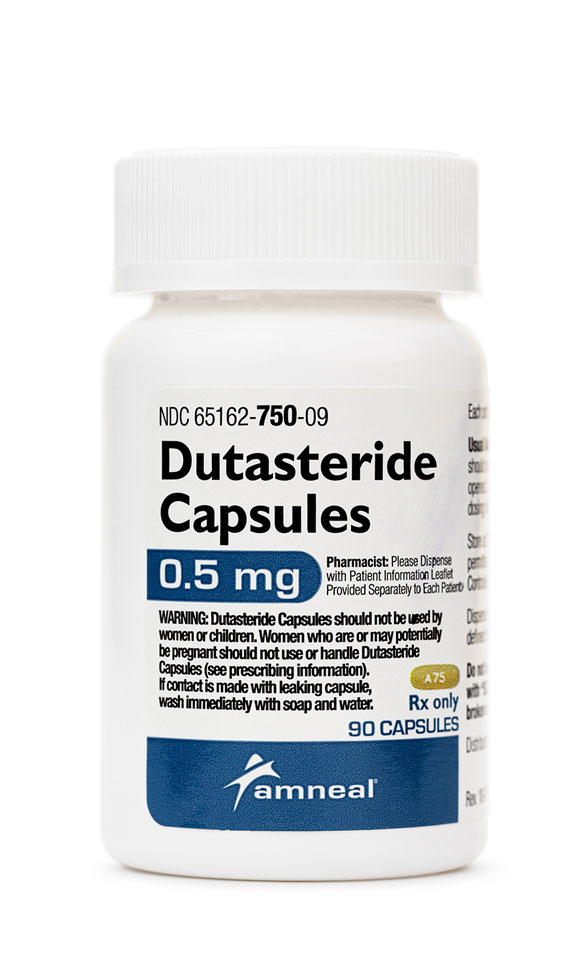 Dutasteride Capsules
Dutasteride Capsules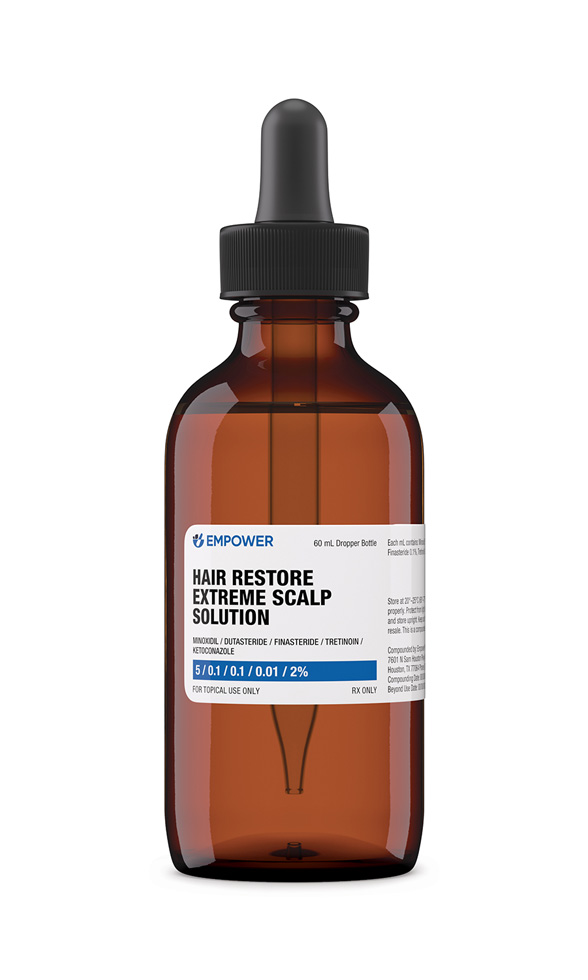 Hair Restore Extreme Scalp Solution
Hair Restore Extreme Scalp Solution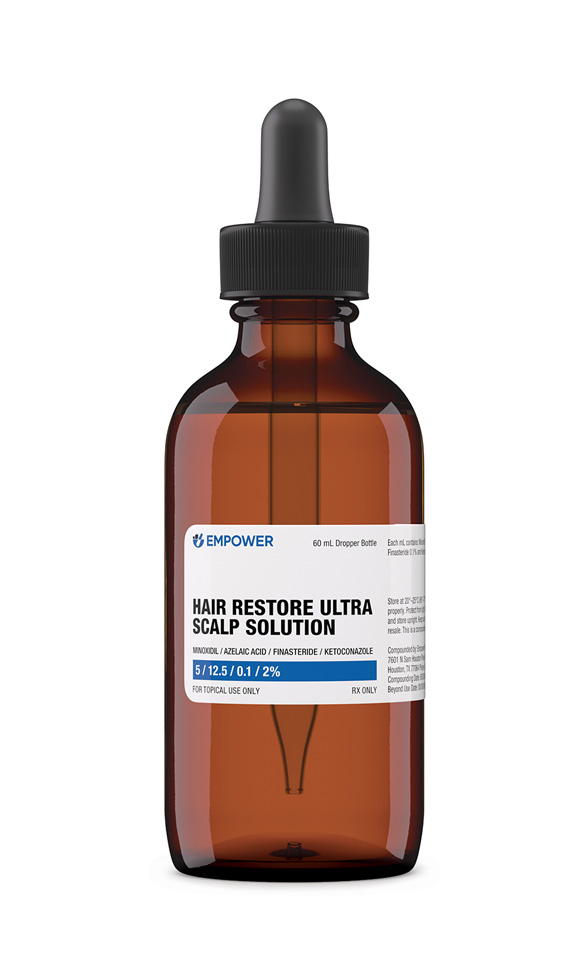 Hair Restore Ultra Scalp Solution
Hair Restore Ultra Scalp Solution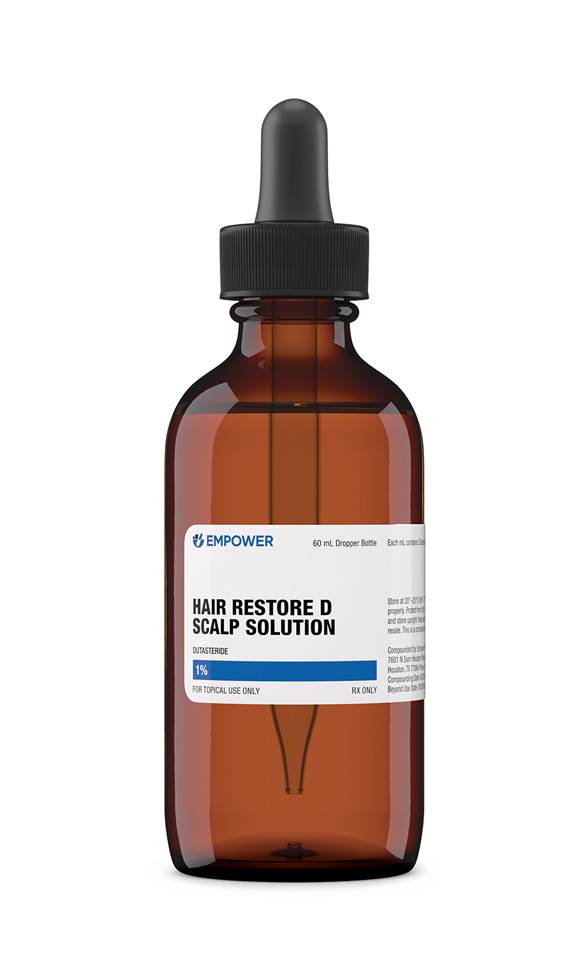 Hair Restore D Scalp Solution
Hair Restore D Scalp Solution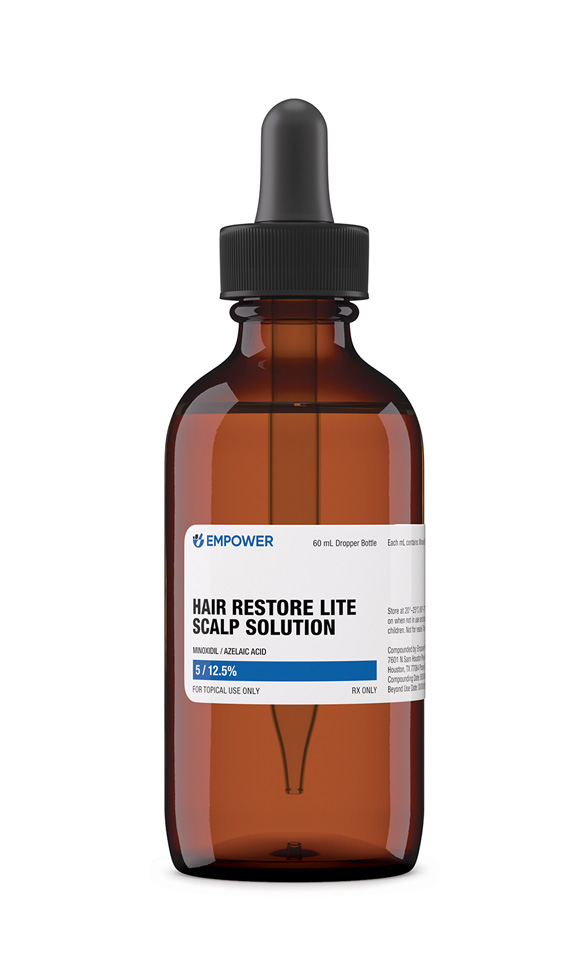 Hair Restore Lite Scalp Solution
Hair Restore Lite Scalp Solution